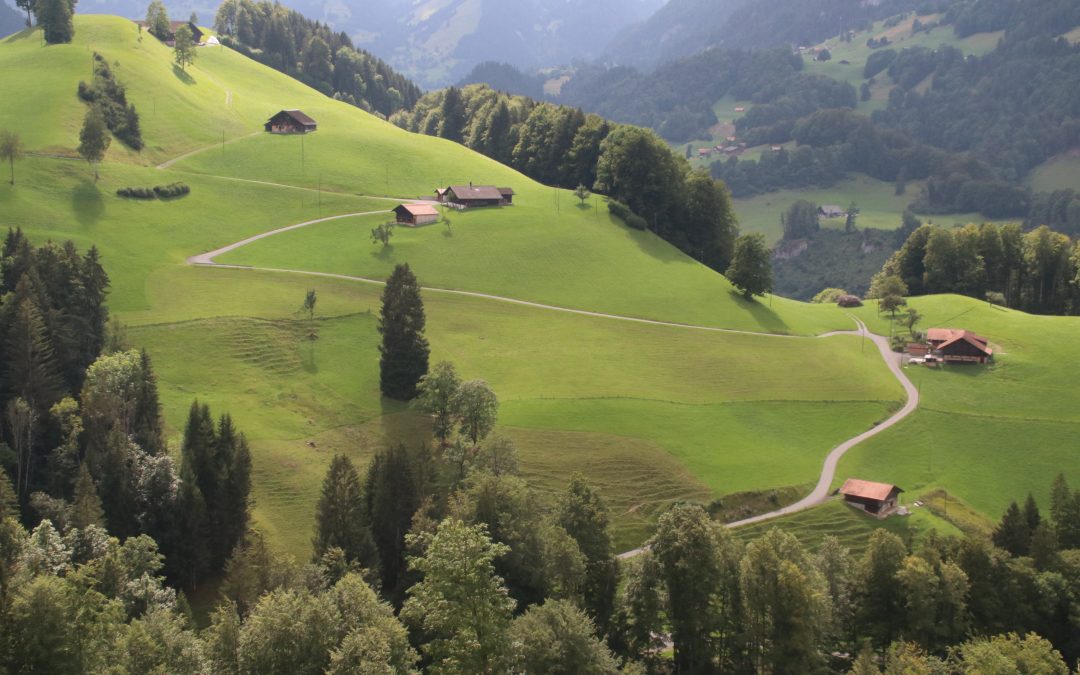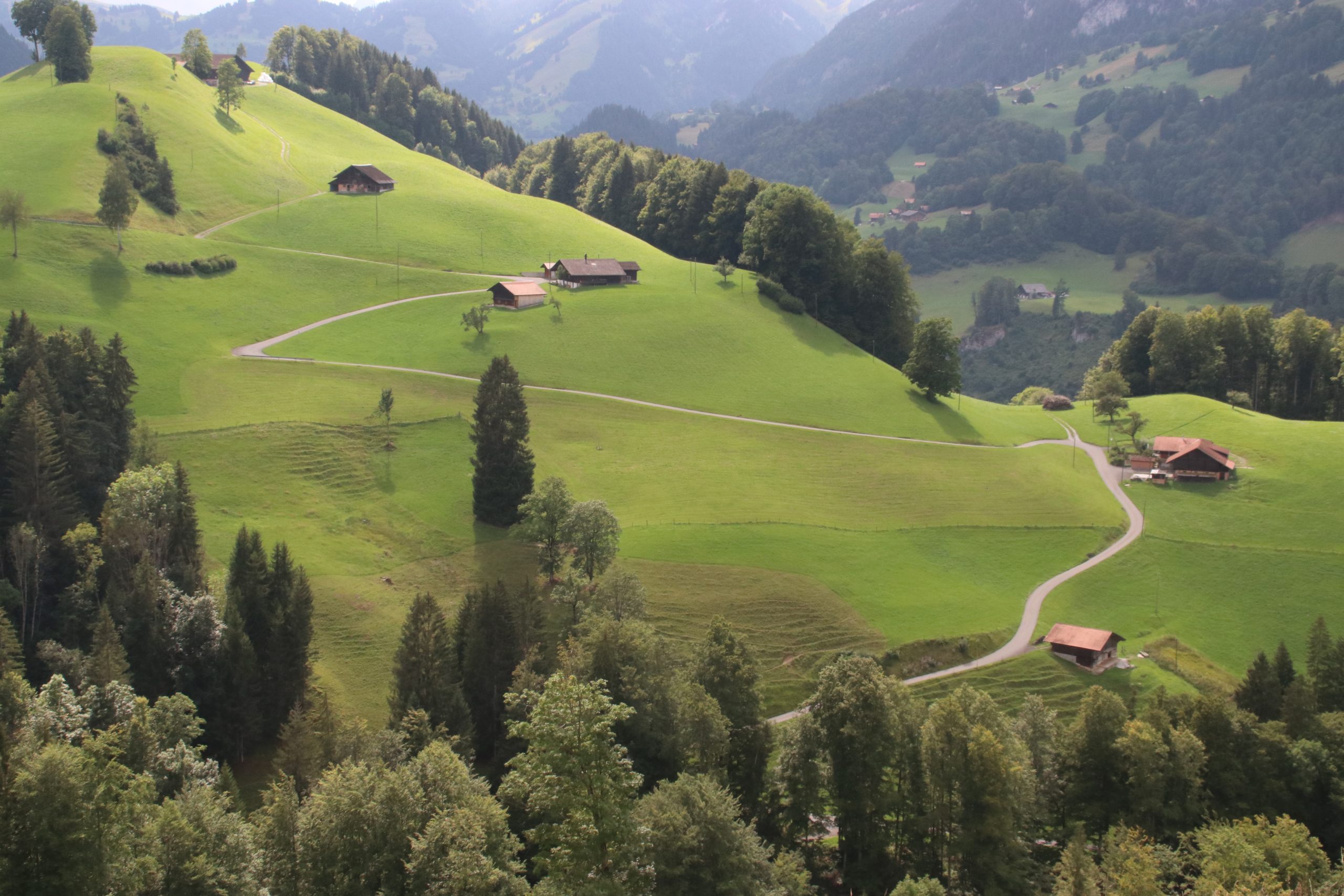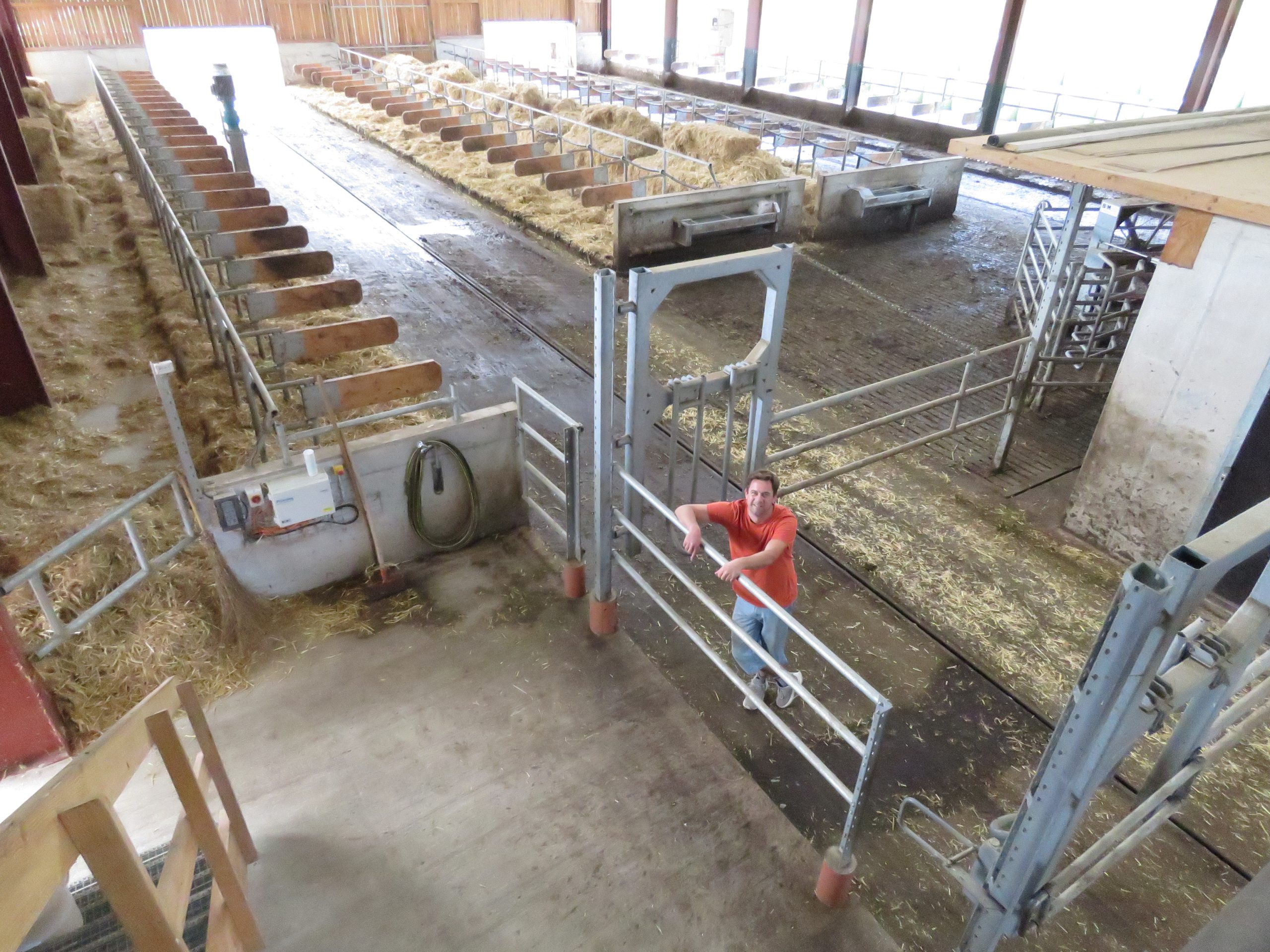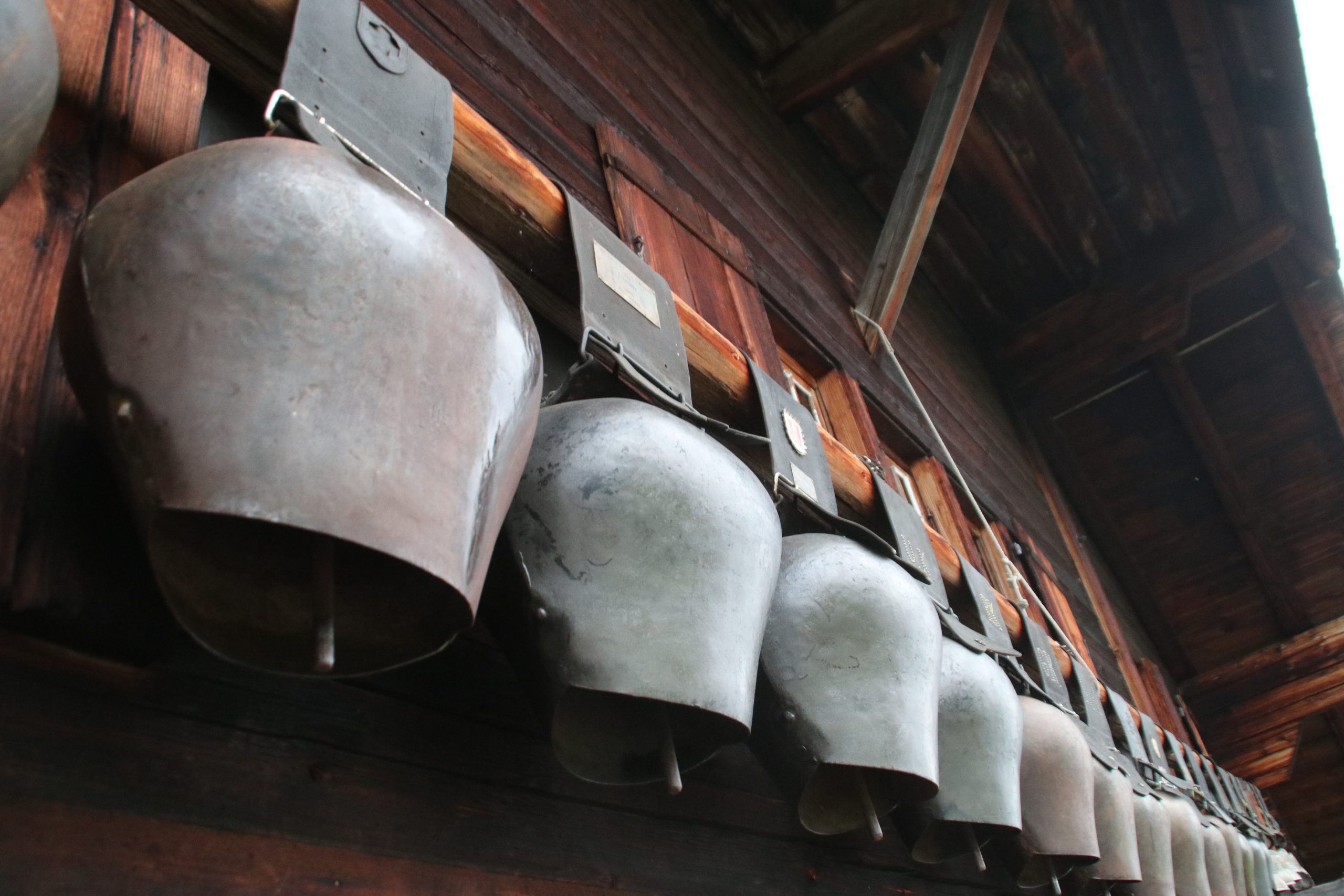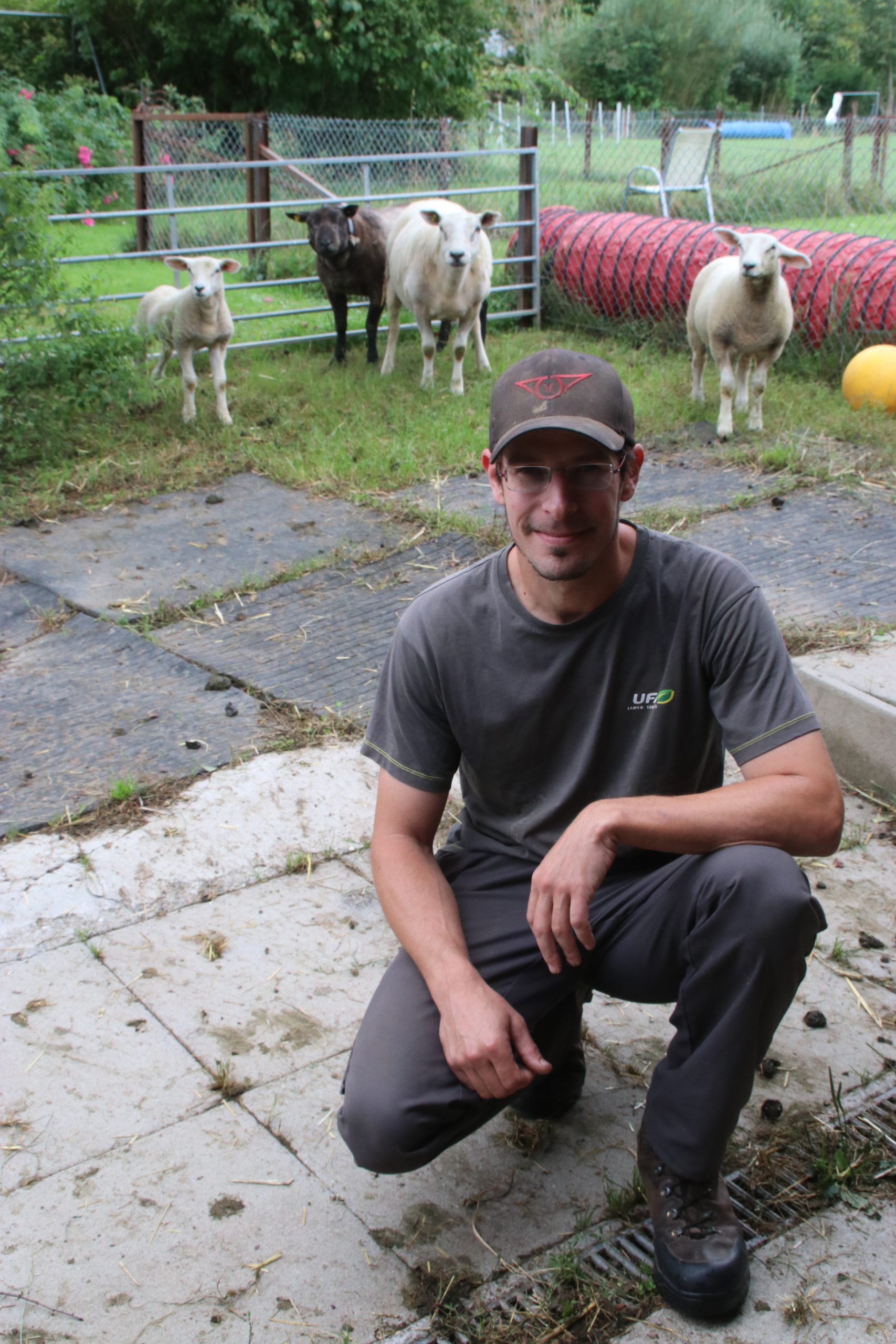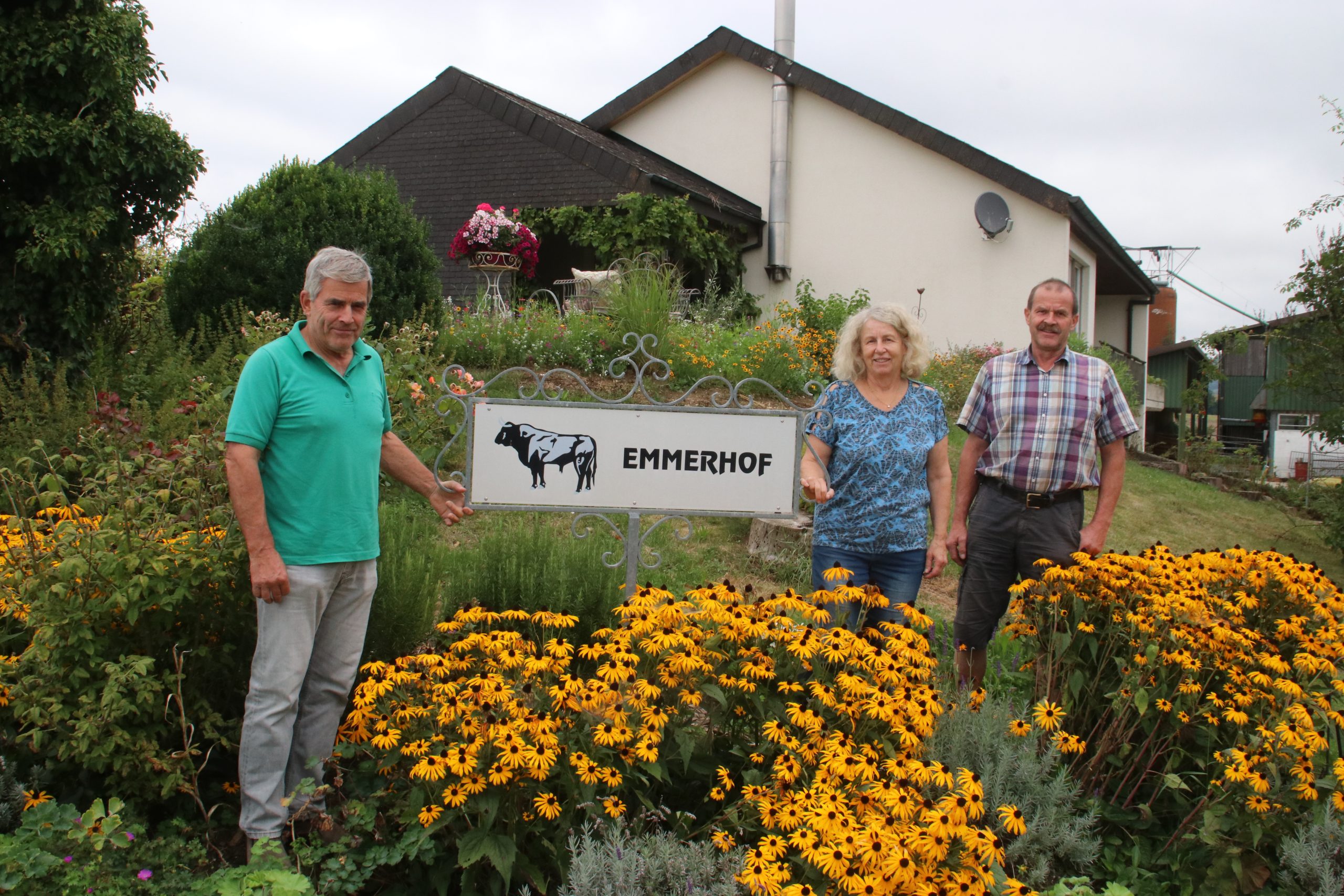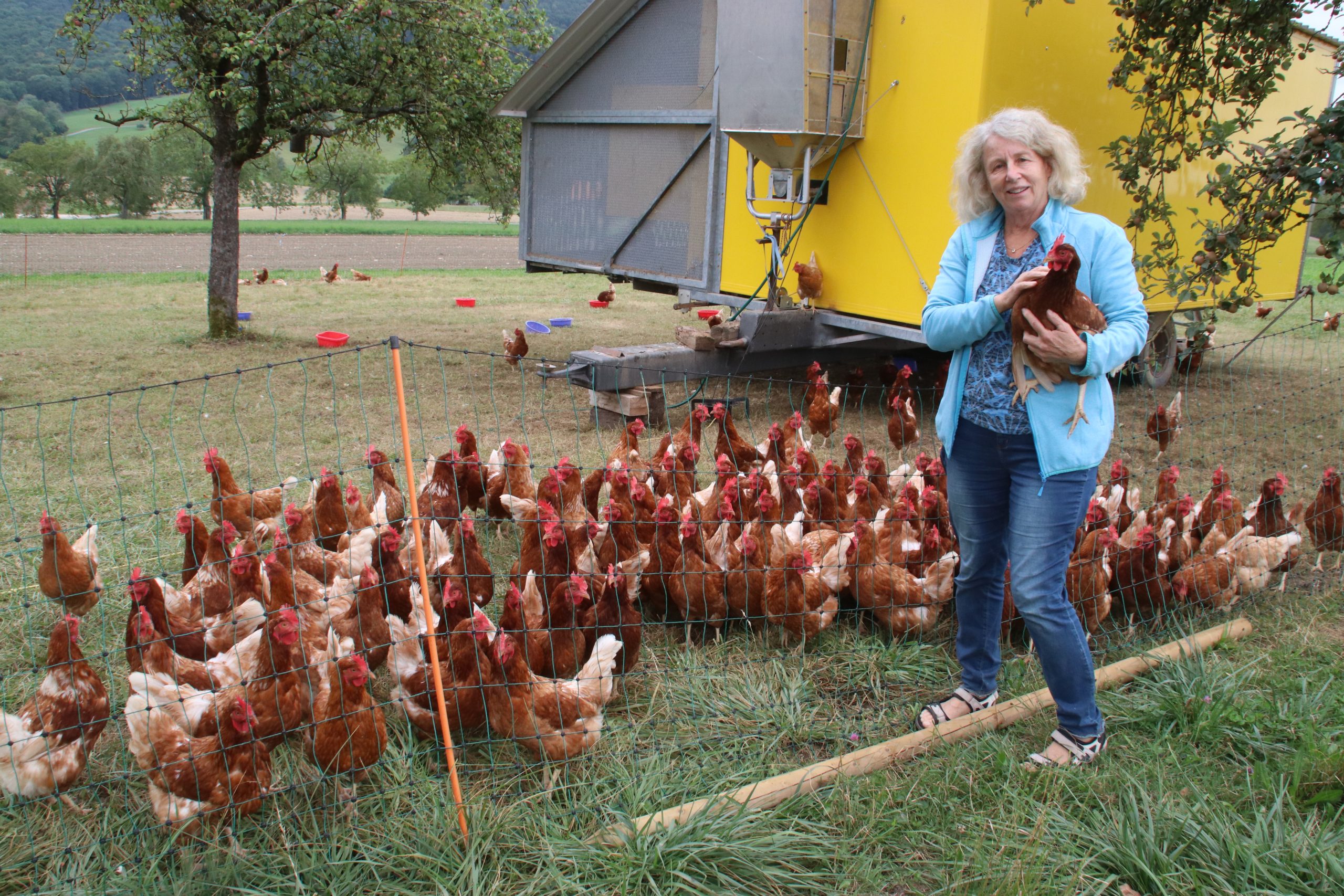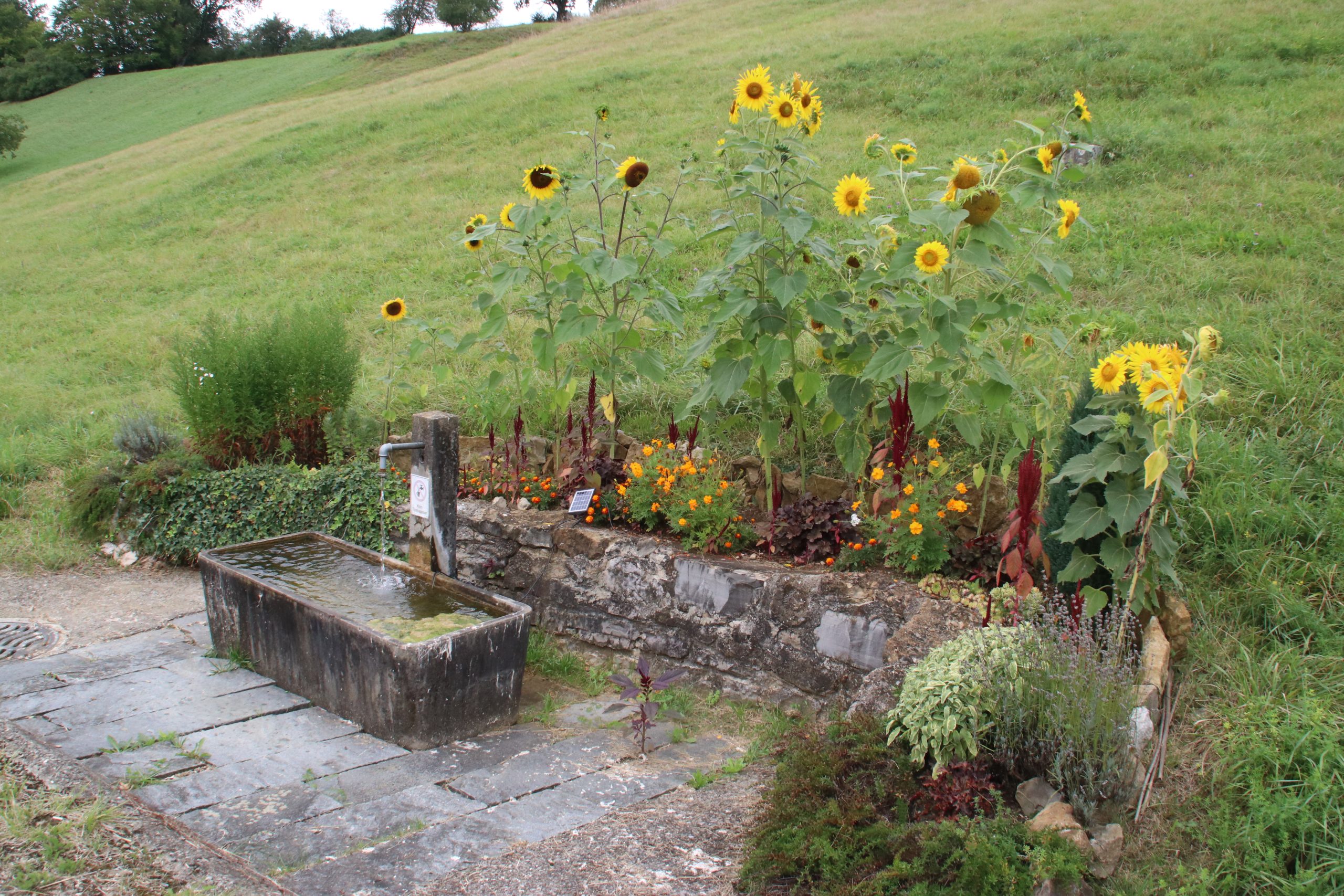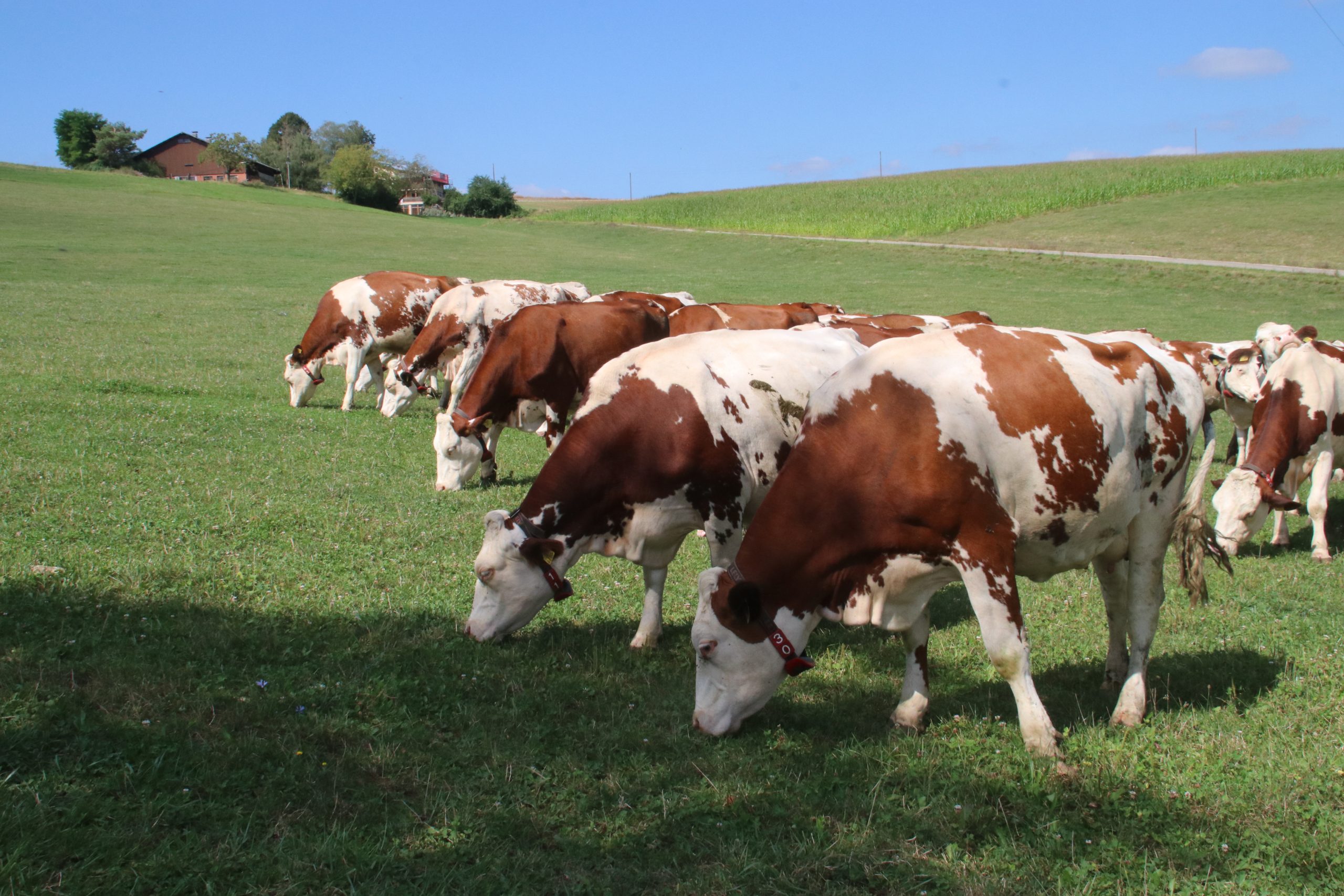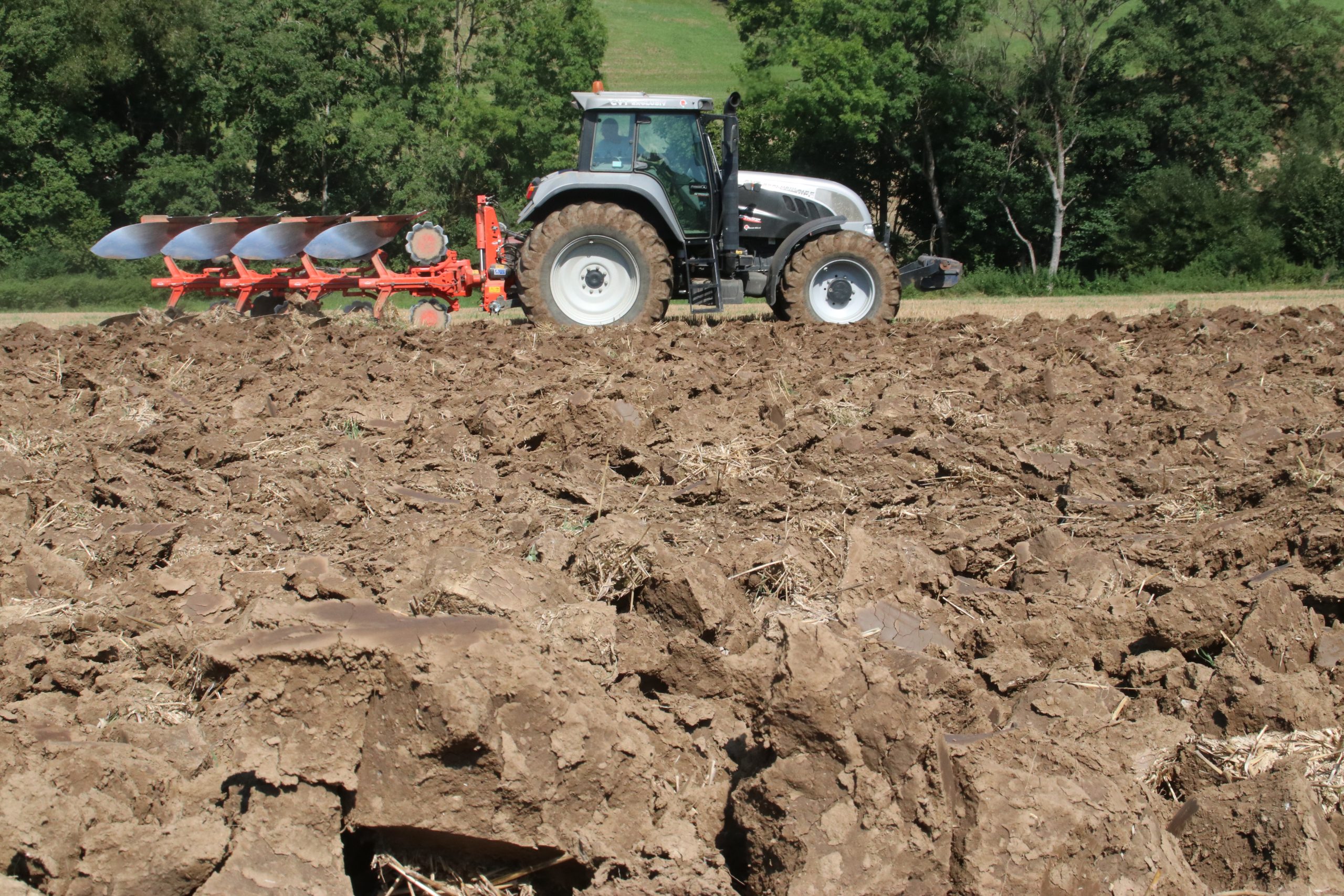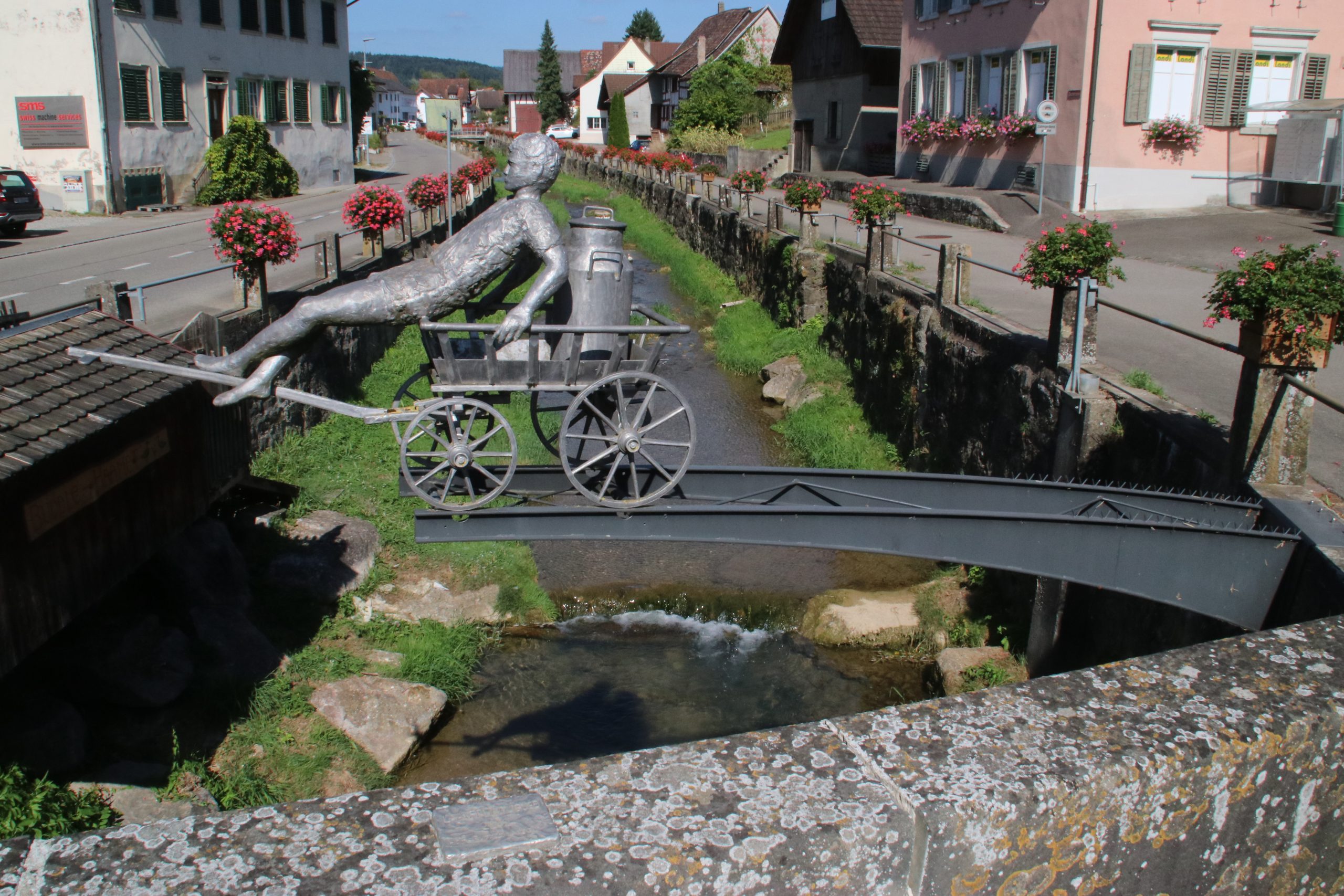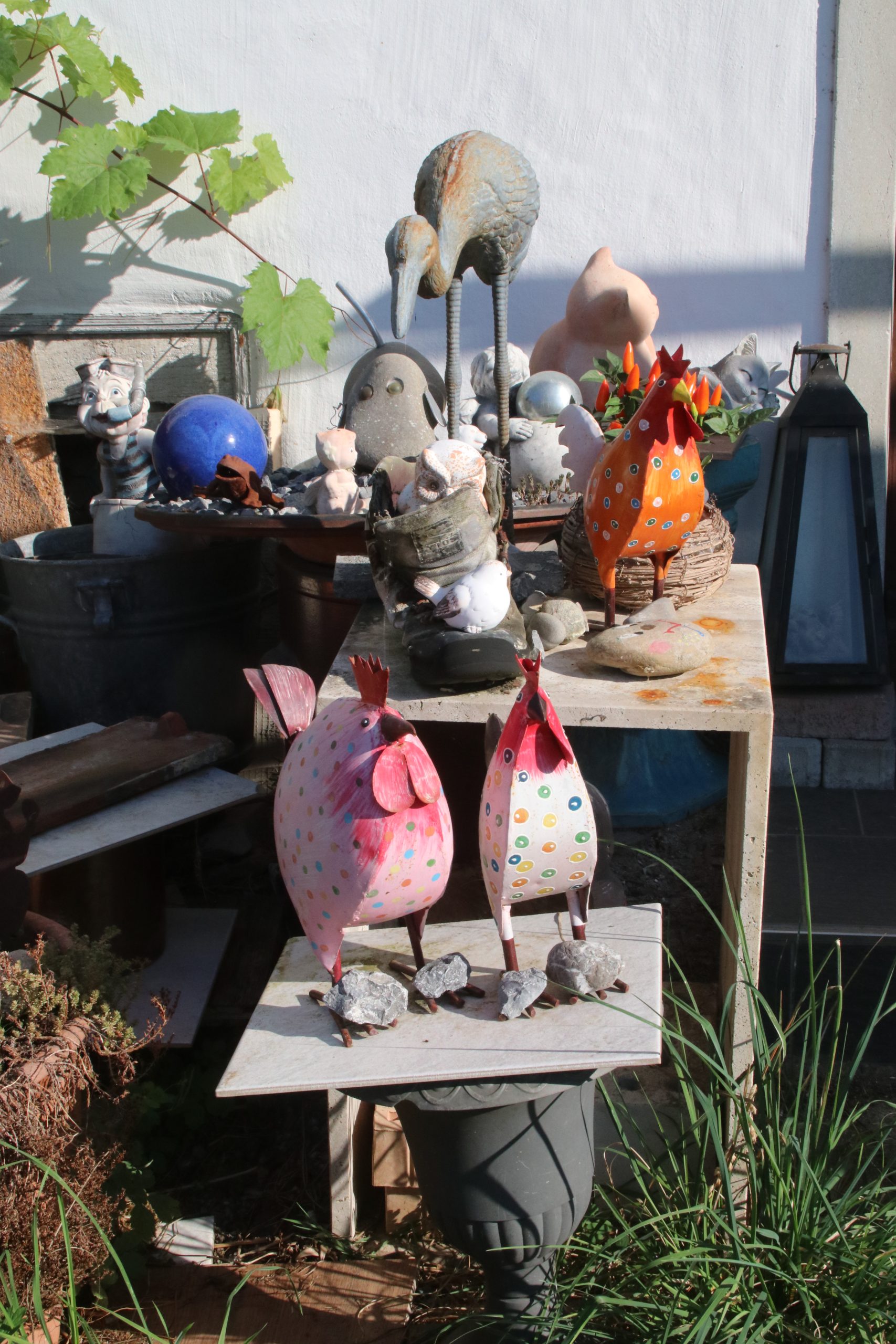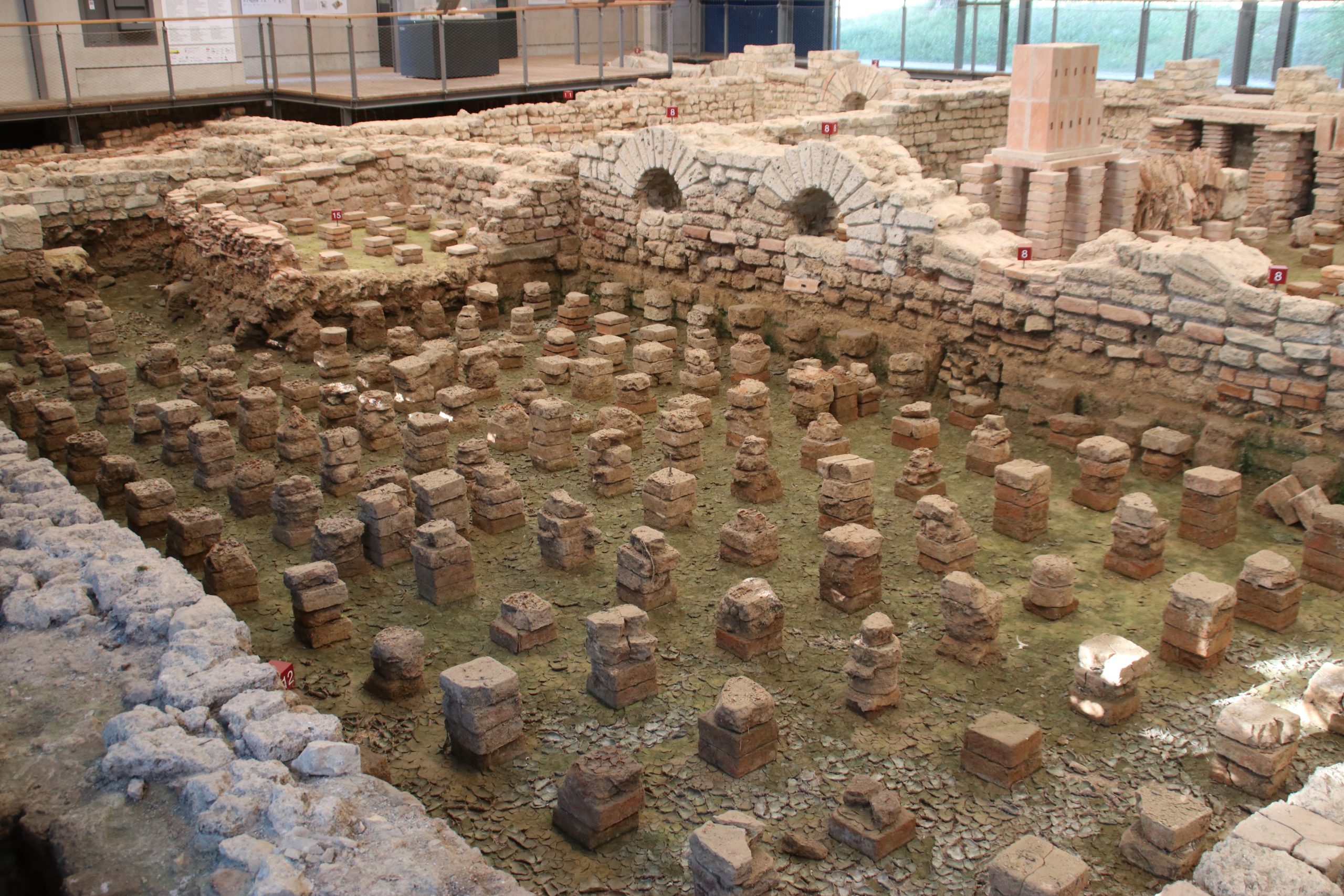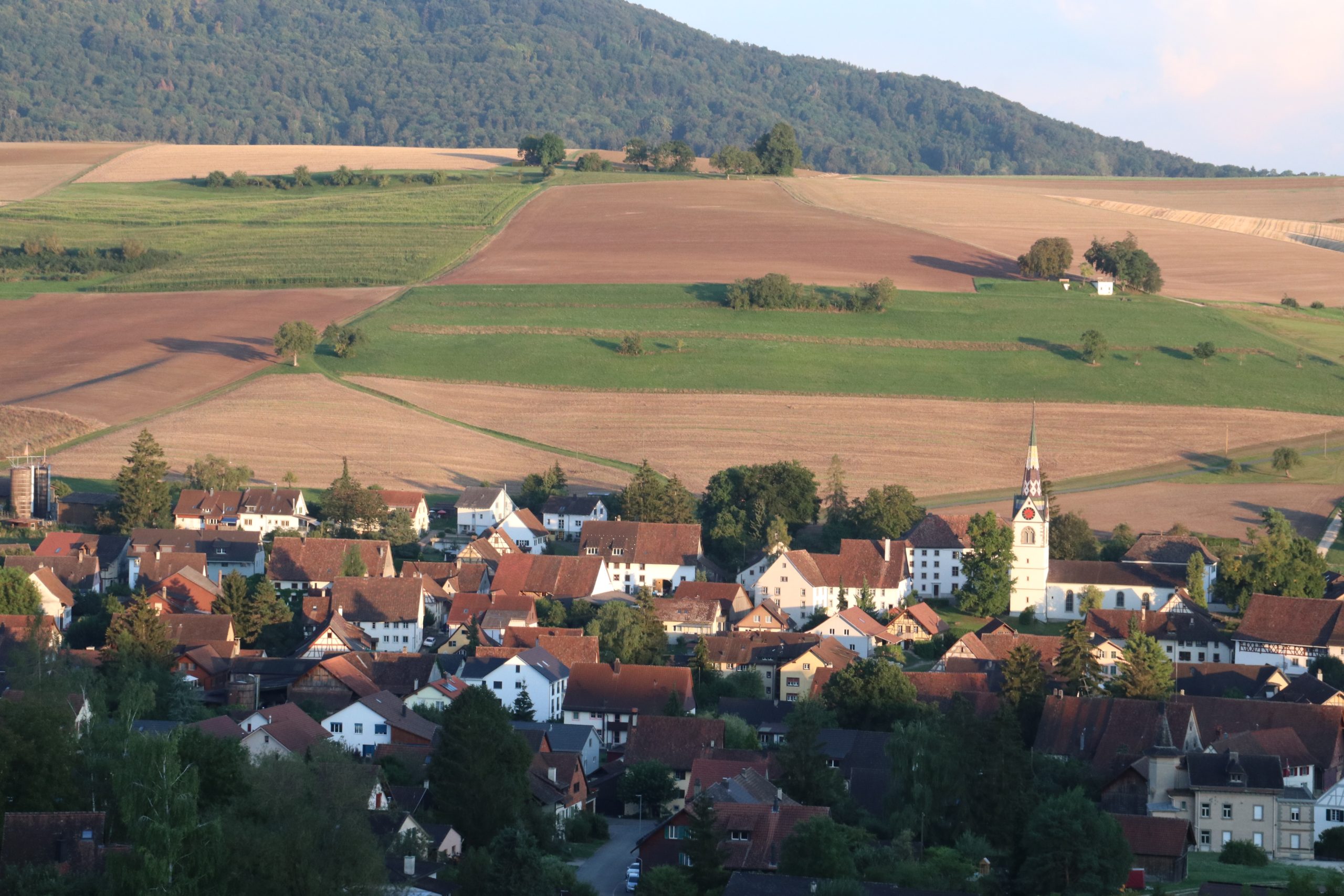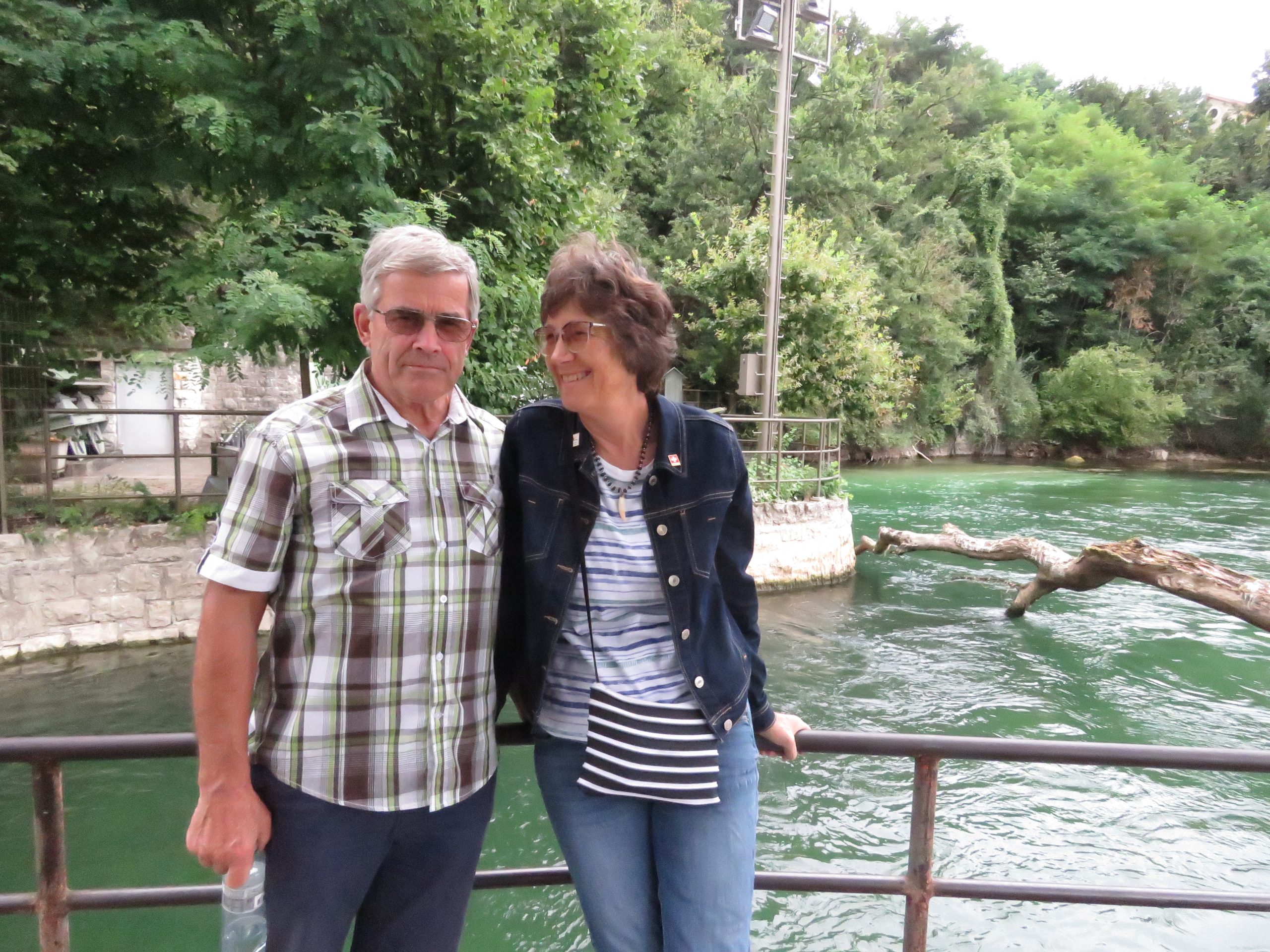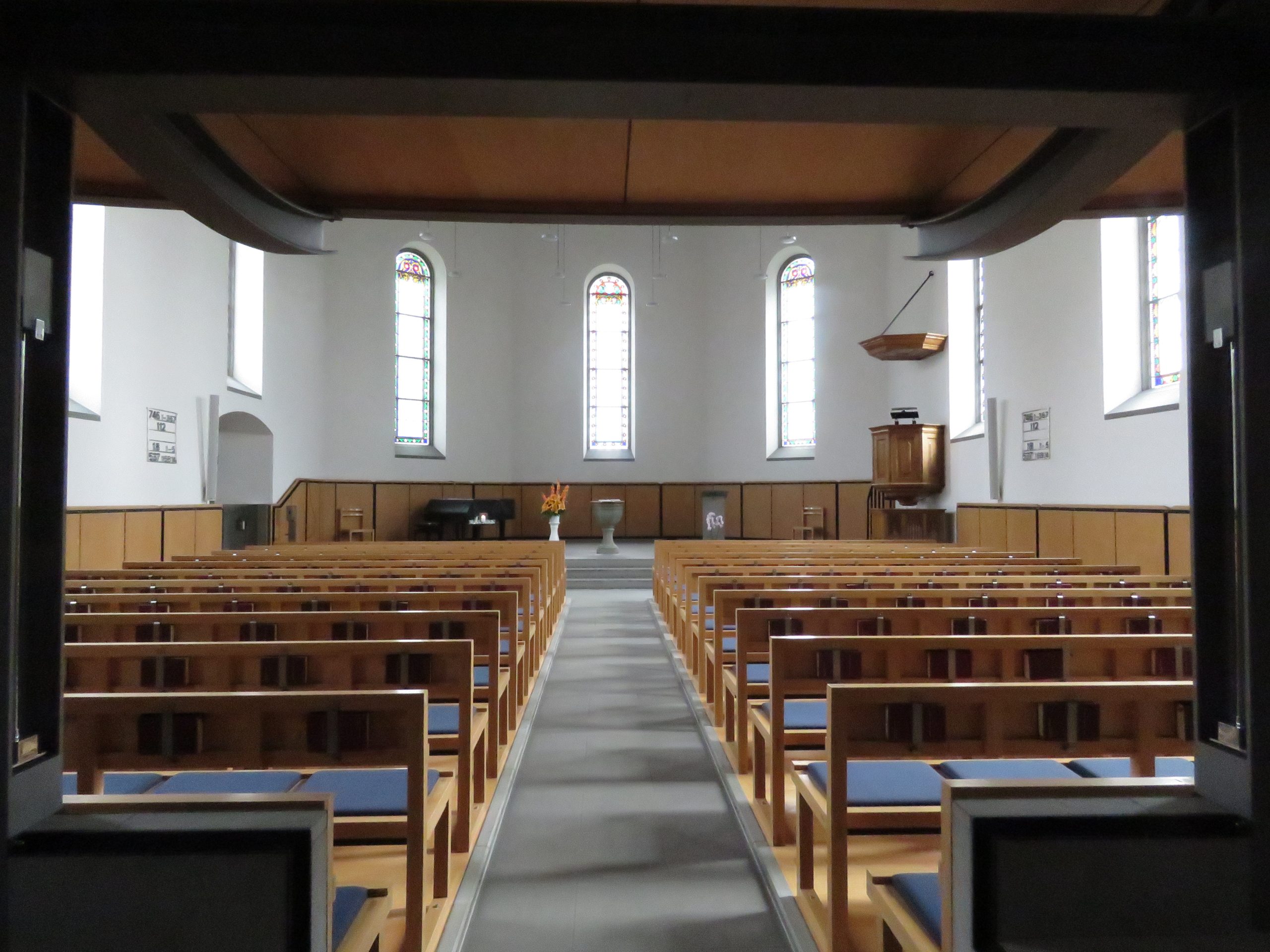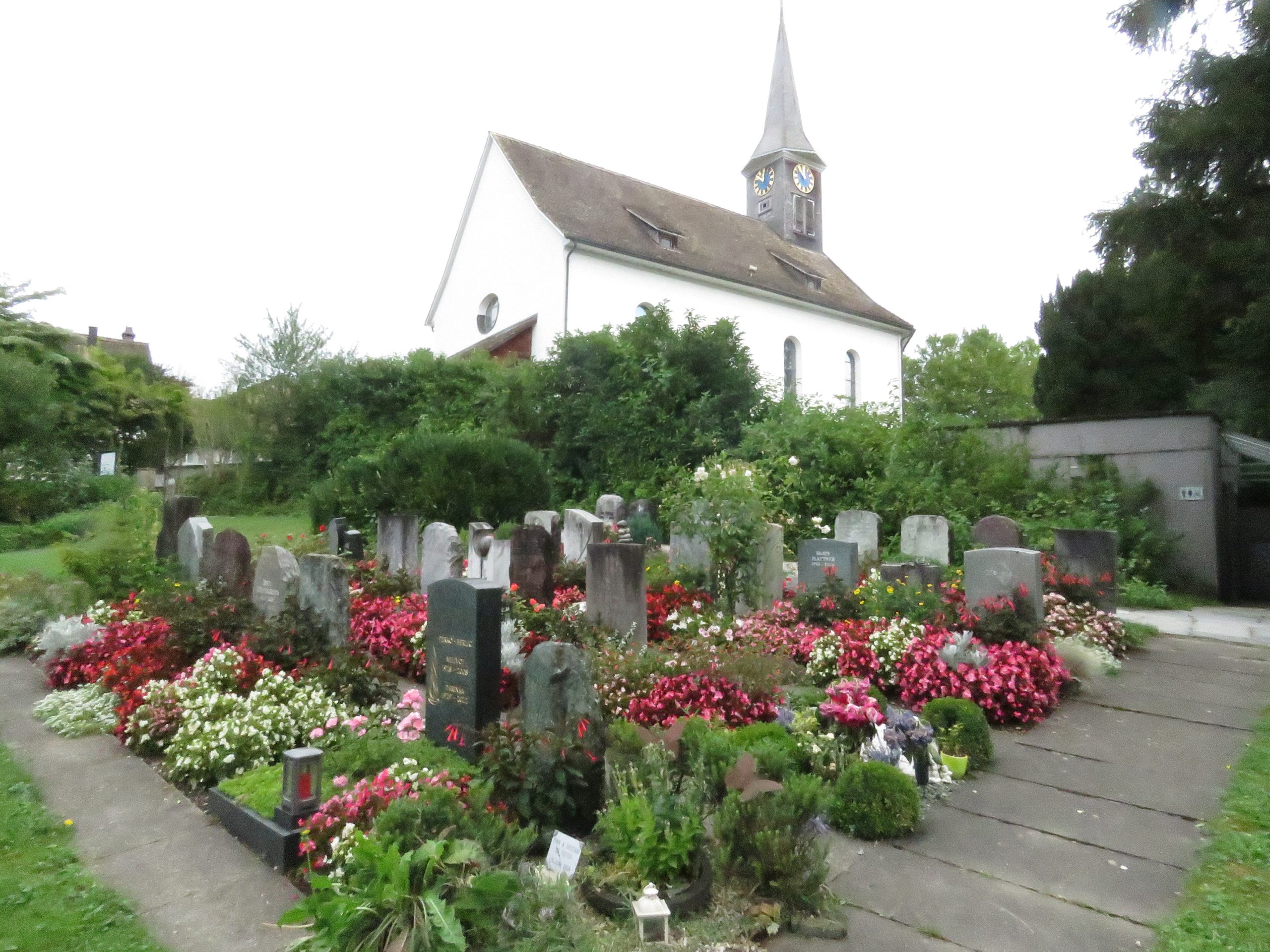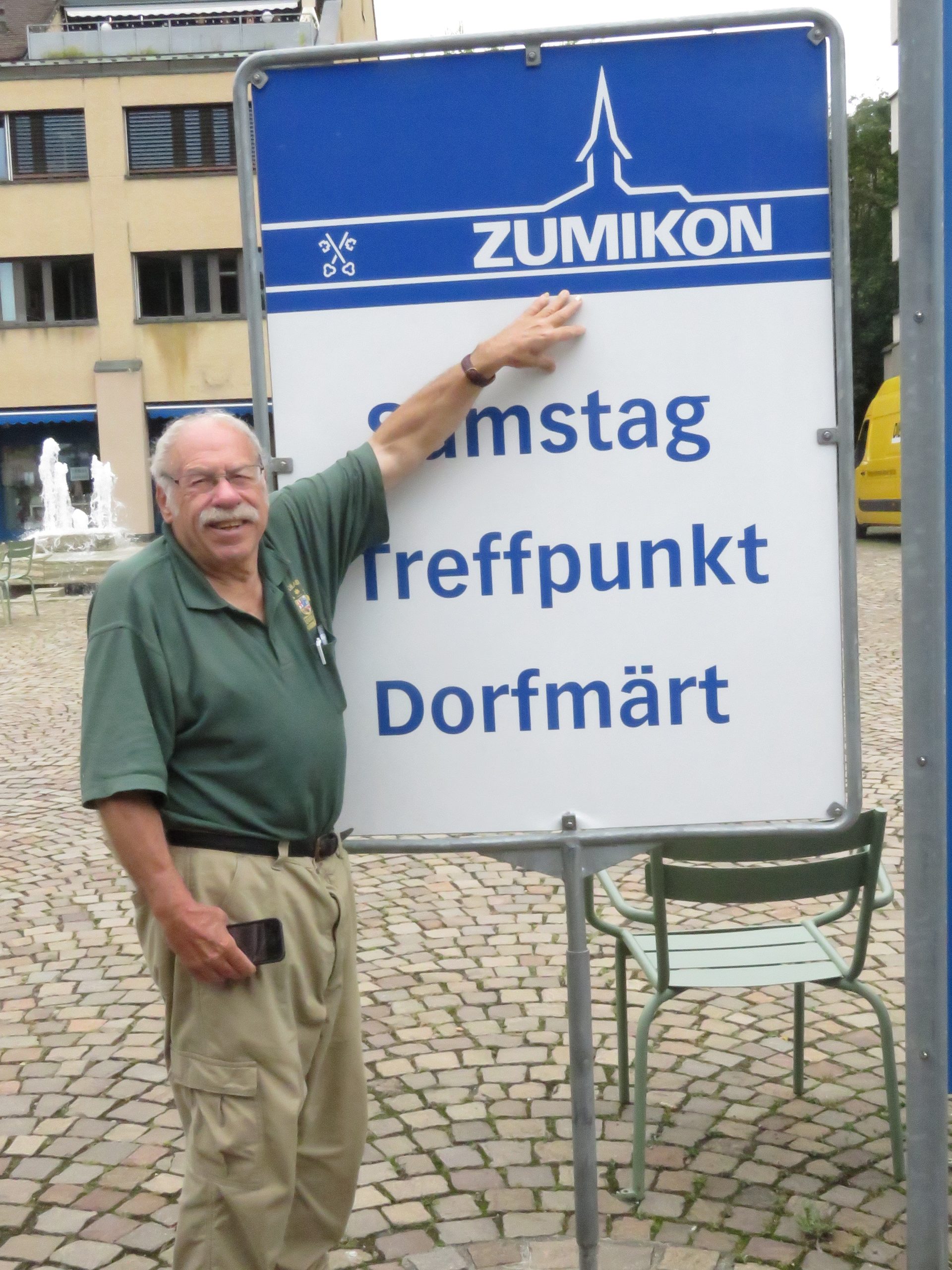By Harlen Persinger
Before attending the 68th IFAJ Congress in Interlaken, Switzerland, my only trip to this European country was in 1965 during a three-week animal science/agronomy travel course with Iowa State University. World famous for cheese and chocolate, there are few other places in the world that feature such awe-aspiring, breathtaking views of the countryside.
After the Congress I checked in with Robert and Marianne Stamm to learn more about agriculture in their locality and to visit the area where my great, great, great, great, great grandfather was born. The couple are retired Swiss Canadians who live in Schleitheim, near the German border. They were grain farmers in Alberta. She grew up in northern British Columbia and works part time as an agricultural journalist.
Schleitheim is a municipality in the canton of Schaffhausen located directly on the northwestern border with Germany. The area covers 8.3 square miles, with 58.6 percent used for agricultural while 36.9 percent is forested. The name means, “Settlement on a gentle slope on the inclined plain.”
Read the rest of Harlen’s articles by viewing the photos below and seeing their captions.

Copyright 2023, Agricultural Communicators Network.

